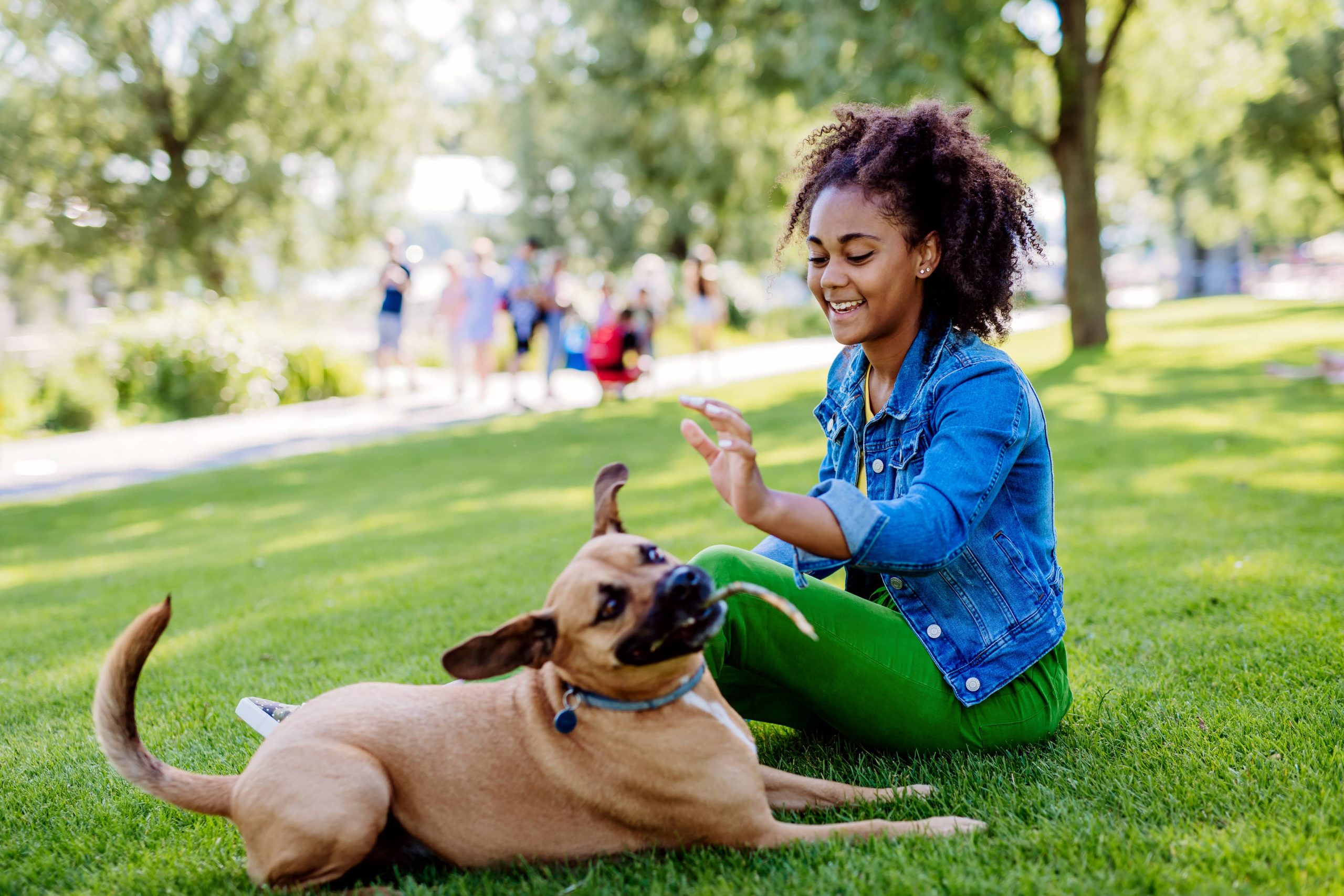
If you’re a dog owner, you’ve probably experienced the heart-melting adorableness of your dog tilting its head while looking at you. It’s a gesture that many pet owners find endearing and even amusing, but have you ever wondered why your furry friend does it? While it’s tempting to attribute head-tilting to cuteness alone, there’s a mix of scientific explanations behind this charming behavior.
The Essence of Communication
Dogs are social creatures with complex communication needs. One leading theory suggests that when dogs tilt their heads, they may be trying to understand us better. Dogs are adept at reading human body language and can pick up on subtle cues from facial expressions and vocal intonations. Tilting their head might help them better interpret the emotions and intentions behind their owner’s words and actions.
Studies have demonstrated that dogs are capable of distinguishing between different human emotions. A research study published in the “Animal Cognition” journal indicated that dogs could successfully differentiate between happy and sad faces. This head-tilting behavior could, in part, be an effort to better decode the emotional content of their owner’s facial expressions by looking from a new angle.
Audio Localization
Dogs have a keen sense of hearing, but unlike humans, their ears can move independently from one another. When a dog tilts its head, it may be adjusting its ears to pinpoint a sound more accurately. This is akin to how a human might tilt their head to better understand a vague or distant sound.
Dogs’ ear positioning and head movements can alter the way sound waves reach their ear canals, allowing them to pick up on higher or lower frequencies that may have otherwise been missed. This adaptability helps them identify and locate the source of a sound more efficiently. Therefore, if you’re speaking to your dog and it tilts its head, it may be trying to catch every nuance of your voice.
Vision and Depth Perception
Another interesting explanation revolves around dogs’ vision. Unlike humans, dogs have a different visual perspective, partly due to the structure of their eyes and the placement of their snout. The canine field of view generally rivals that of humans, but their vision differs in terms of depth perception. Some experts believe that tilting the head allows dogs to better align their eyes to see past their muzzles, giving them a clearer view of an object, person, or scene.
Dr. Stanely Coren, a psychologist who has extensively studied canine behavior, suggests that the head tilt allows dogs to move their muzzle out of the way and get a more unobstructed view of what they are looking at. This behavior is particularly true for dogs with long muzzles, for whom their snout might occasionally block parts of their visual field.
Social and Accidental Reinforcement
As with many pet behaviors, the role of social and accidental reinforcement cannot be ignored. When your dog tilts its head, you’re likely to react with positive feedback—whether through petting, praise, or treats. Over time, your dog learns to associate head tilting with receiving a positive response from you.
This behavior may become reinforcing in and of itself, encouraging dogs to tilt their heads more frequently in situations where they are seeking attention or approval from their owner. So, every time you ‘ooh’ and ‘aah’ at your dog’s adorable head-tilt, you’re essentially encouraging the behavior to continue.
Empathy and Emotional Connection
Some researchers believe there may be an empathic component involved as well. Dogs have evolved alongside humans for thousands of years, developing a unique bond with their human companions. They are extraordinarily adept at observing and responding to our emotional states. Head-tilting might represent an empathic response, where dogs are particularly engaged in understanding our mood, perhaps in an effort to comfort or align with us emotionally.
Vestibular System
The vestibular system, located in the inner ear, is crucial for balance and spatial orientation. When a dog tilts its head, it could be adjusting the position of its vestibular system to make sense of unfamiliar or complex stimuli. If there are underlying issues with a dog’s vestibular system, you might notice excessive or uncoordinated head tilting, which can indicate a medical issue requiring veterinarian attention.
Clearing Up Misconceptions
It’s essential to distinguish between normal and abnormal head-tilting. While the occasional tilt in response to auditory, visual, or social stimuli is normal, persistent or unnatural head tilting may indicate vestibular disorders, ear infections, or other health problems. If your dog exhibits chronic or uncoordinated head tilting, it’s advisable to consult a veterinarian.
Conclusion
While the head tilt is an adorable and often entertaining behavior, it serves numerous functional roles in your dog’s life. From enhancing their ability to hear and see better to reinforcing social bonds with humans, head-tilting is a multifaceted behavior grounded in both physiological and psychological processes. Recognizing and appreciating the underlying reasons for this behavior can enhance your understanding of your canine companion, strengthening the bond you share. So, the next time your dog gifts you with an enchanting head tilt, know there’s a wealth of scientific and emotional intelligence behind that simple, sweet gesture.






